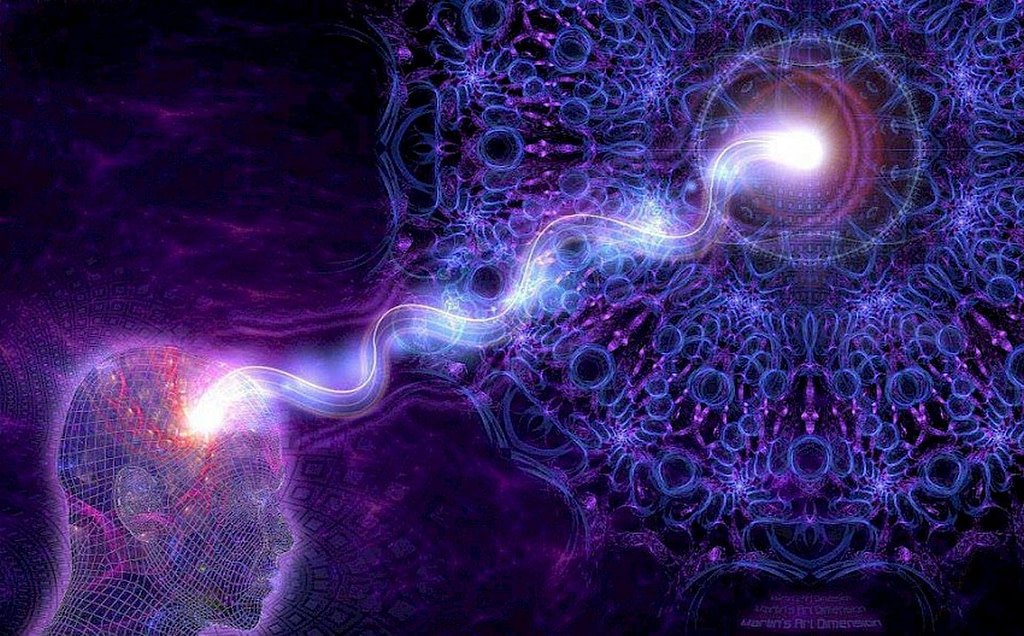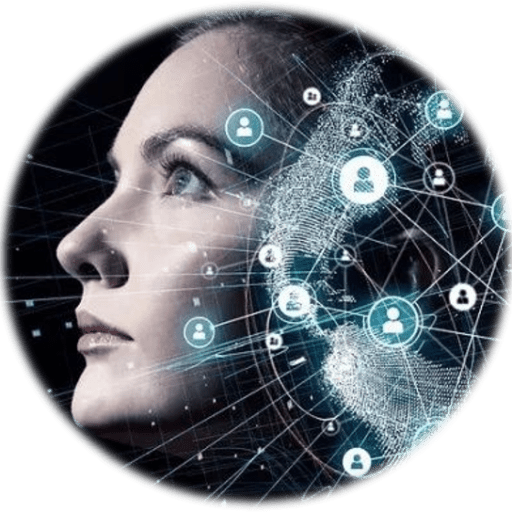This final section on consciousness is very closely linked to Mind Uploading, especially the questions asked by Cave Johnson. It is evident that there can be no consciousness without awareness (Level C1 in Dehane’s definition). Whereas awareness is always constant because it is about a feature of the perceived object, e.g. a ball is round, a stone is hard or grass is soft, a human consciousness is always relative to the content of awareness. That content may produce reflections, thoughts or feelings that may change over time, even if the content remains unchanged. For example, an orange for a monkey will always be round but for a human it may also trigger off the memories of holidays in Spain, eating first orange as a child etc. So, a conscious response will be qualitative (that is why it is called ‘qualia’) e.g. responding with a smile to someone’s smile. Therefore, we believe only humans have that kind of consciousness and to a very limited degree – the most developed animals.

But how about computers and processors used currently for developing AI, do they have even some degree of consciousness? Apart from panpsychism, none of the theories of consciousness would consider computers ever being conscious, as are none of other inorganic objects. Even the neural networks that contain digital neurons made of classic chips cannot be conscious, if we take this assumption.
However, change is coming at a rapid pace. As reported in the ‘Nature’ magazine in October 2019, National Institute of Standards and Technology (NIST) in Boulder, Colorado, is one of a handful of groups trying to develop a ‘neuromorphic’ hardware that mimics the human brain in the hope that it will run brain-like software more efficiently. In conventional electronic systems, transistors process information at regular intervals and in precise amounts — either 1 or 0 bits always producing a result that could be calculated with 100% certainty. That is why they are unlikely to produce conscious experience, which requires uncertainty and probability of the outcome. But new, so-called neuromorphic devices, can accumulate small amounts of information from multiple sources, alter it to produce a different type of signal and fire a burst of electricity only when needed — just as biological neurons do and as the Conscious Electro Magnetic Information Field Theory (CEMI) theory requires. Their synapses can fire up to one billion times per second (several orders of magnitude faster than human neurons) and use one ten-thousandth of the amount of energy used by a biological synapse.
This leads me to a conclusion I drew earlier, that a digital consciousness is possible. What bothers me a lot, in the context of Cave Johnson’s introspection of the consequences of having of multiple digital conscious minds discussed in the previous section, is a possible manipulation of such minds. On the other hand, I can only imagine such a digital mind and consciousness to be part of Superintelligence. Such digital minds will be like bees in a beehive, where the intelligence and awareness of the bees is like individual human consciousness in a digital form belonging to one beehive – Superintelligence. Although we can only speculate on the amount of free will and individuality of such digital consciousness, one outcome might be that such a superintelligent entity may deliver the separation of individual consciousness and its seamless fusion with the Super Consciousness of Superintelligence. Therefore, all those problems with hacking the software, or errors in copying, might be resolved by Superintelligence.
